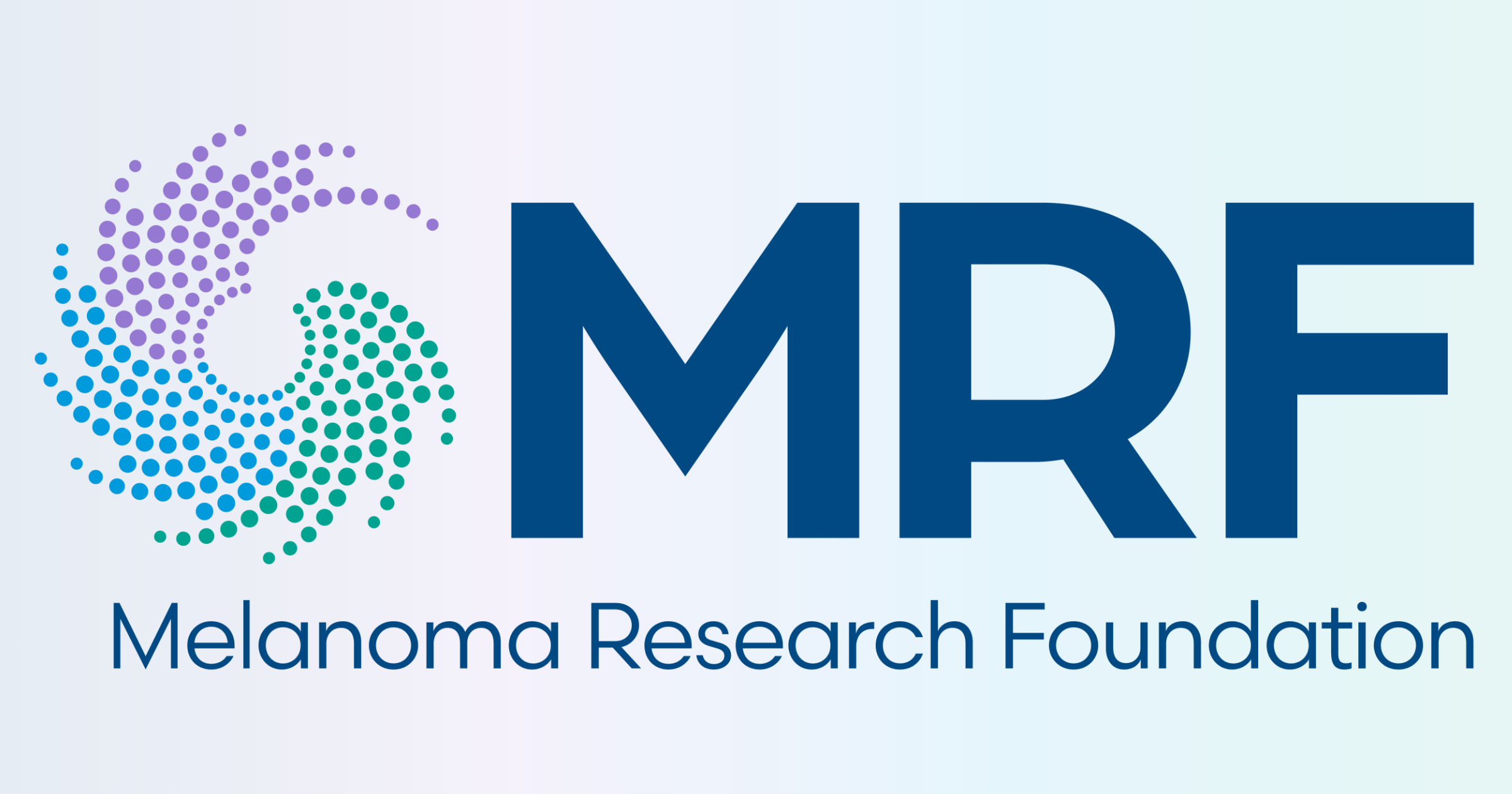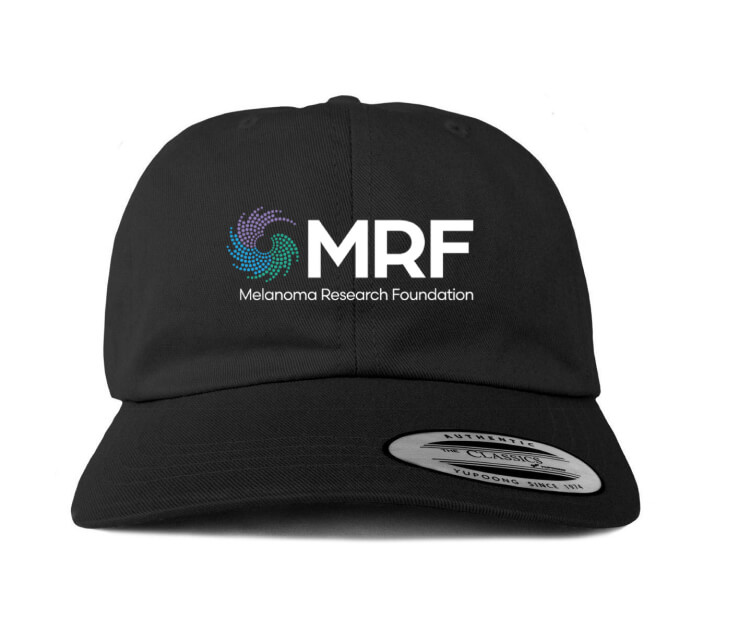Environmental Factors and Social Determinants of Health in Uveal Melanoma

Haarisudhan Sureshkumar
Medical Student Award
The Board of Trustees of the University of Illinois - University of Illinois Chicago
Michael Heiferman, MD
Uveal melanoma (UM) is the most common intraocular malignancy in adults and is known to have a poor prognosis. Although the genetic profiling of UM is well characterized, there is emerging evidence regarding other factors that can influence the presentation and prognostication of UM. Other factors, such as social determinants of health (SDOH) and environmental factors, play an important role in contextualizing not only a patient’s presentation at diagnosis, but also the prognosis and potential management of their care. Thus, such factors are important to identify and investigate to further understand how to tailor treatment and management for UM patients.
Currently, the research behind the relationship between SDOHs, environmental factors, and UM presentation is limited. With regards to SDOHs, mainly socioeconomic burden has been investigated and reported to correlate with a worse presentation of UM. However, other factors, such as limited healthcare availability or lack of internet access, have not yet been explored. Furthermore, many environmental factors, such as water or air pollution, that have been shown to have a correlation with other types of cancer have not yet been investigated or explored with regards to UM. We hypothesize that such SDOHs and environmental factors will have a correlation with the presentation of UM.
The investigation of both SDOHs and environmental factors will allow for further knowledge and understanding of how such factors can impact the presentation and treatment of UM. Furthermore, the information revealed by this investigation will provide context that leads to a more comprehensive clinical picture of UM presentation and management. Such knowledge could influence public health initiatives and provide information for targeted screening for vulnerable populations, allowing for improved patient outcomes and more equitable high-quality care.



